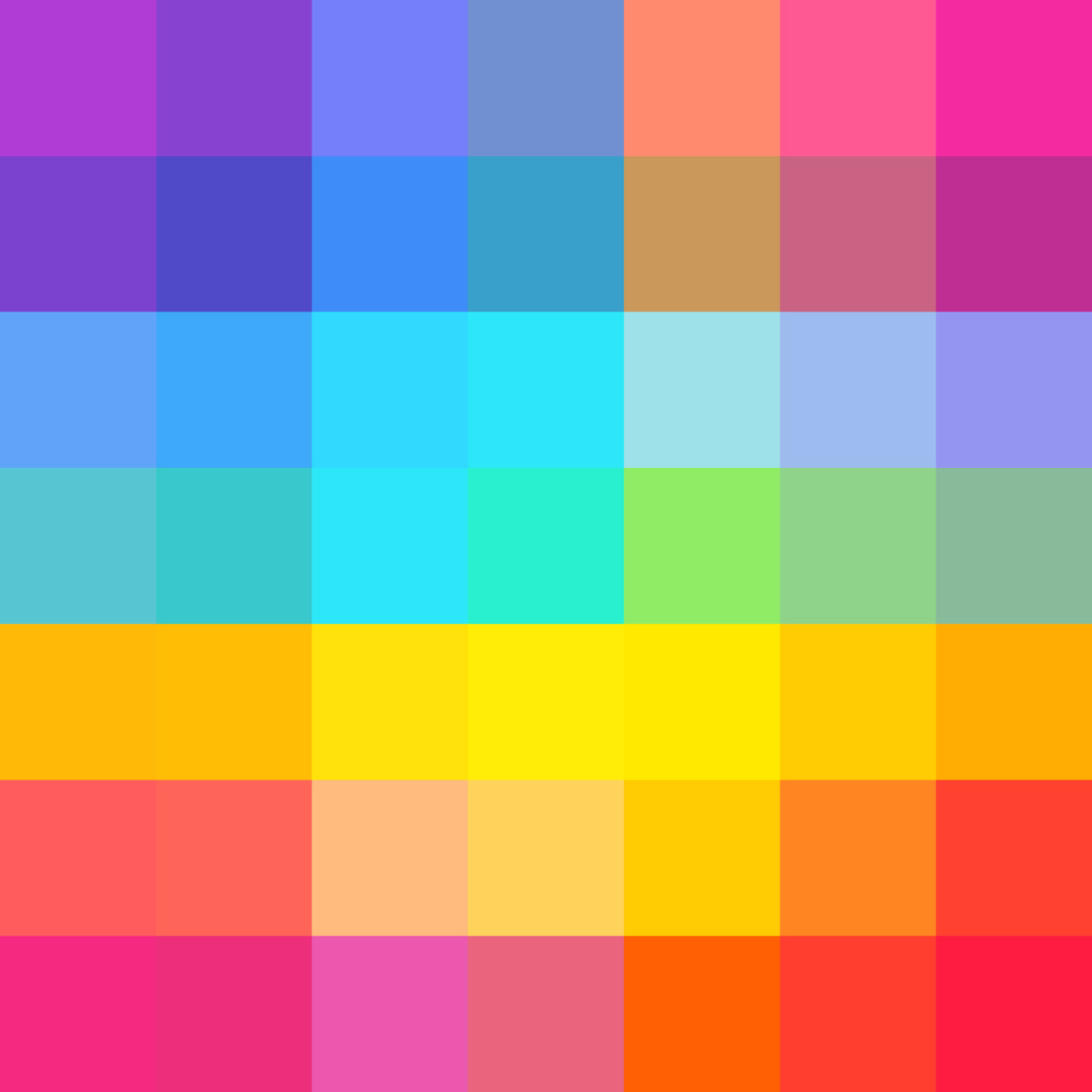Can AI Produce True Art? Exploring the Intersection of Creativity and Artificial Intelligence
Can AI Produce True Art? Exploring the Intersection of Creativity and Artificial Intelligence
Introduction:
Art has always been regarded as a distinctive expression of human creativity, emotions, and experiences. It captures the essence of our existence, provokes thoughts and emotions, and reflects culture, society, and individualism. However, the emergence of artificial intelligence (AI) and its growing ability to generate artworks has sparked a debate within the art world about the authenticity and true artistic potential of AI-generated art. In this article, we will delve into the question: Can AI produce true art? We will explore the capabilities of AI in the creation of artworks, the challenges it poses to traditional notions of art, and the various perspectives and arguments surrounding this intriguing subject.
The Creative Process and AI:
The process of creating art has long been associated with the human imagination, consciousness, and personal experiences. The conscious choices, emotions, and intentions of artists are believed to be integral to the creation of true art. AI, on the other hand, operates on algorithms and machine learning, lacking the subjective consciousness that drives human creativity. Critics argue that AI-generated art lacks the depth, authenticity, and individuality that arise from human experiences. However, AI has been able to mimic artistic styles, techniques, and aesthetics with remarkable accuracy, challenging traditional notions of what it means to be creative.
The Role of AI in Art:
AI's ability to analyze massive amounts of data, learn patterns, and generate creative outputs has led to its integration in various artistic disciplines. From visual arts to music and even literature, AI algorithms have been trained to mimic and create pieces in recognized artistic styles. Machine learning algorithms, such as generative adversarial networks (GANs), have been employed to generate paintings, compose music, and even produce poetry. While these AI-generated artworks may resemble the works of human artists, the question remains whether they can truly be considered authentic artistic expressions.
Authenticity and AI-Generated Art:
Authenticity lies at the heart of the controversy surrounding AI-generated art. Art is traditionally perceived as the genuine expression of an artist's conscious choices, emotions, and experiences. By contrast, AI generates art by learning patterns and rules from existing artworks and synthesizing new ones based on these learned patterns. Critics argue that AI-generated artworks lack the intentionality and emotional resonance that define human-created art. They suggest that true art must possess a degree of human subjectivity and cultural context, which AI is incapable of simulating.
Ownership and Recognition:
The issue of ownership and recognition of AI-generated art further complicates the debate. In the conventional art world, ownership is attributed to the artist who conceived and created the artwork. However, with AI-generated art, questions arise regarding who should be credited as the creator: the human programmer who developed the algorithms or the AI system itself. The lack of an individual artist behind the AI-generated artwork challenges our traditional understanding of authorship and artistic ownership.
Legal and Ethical Implications:
The emergence of AI-generated art raises legal and ethical concerns. Copyright laws, designed to protect the intellectual property of artists, are not well-equipped to address the unique circumstances surrounding AI-generated art. In the absence of clear legal frameworks, determining ownership and granting copyright protection for AI-generated art becomes a complex endeavour. Additionally, there are ethical implications associated with the biases and prejudices that may be perpetuated by AI algorithms if trained on biased datasets. The responsibility to address these issues and ensure fair compensation for human artists and protection against biased outputs falls upon policymakers and society as a whole.
A New Form of Collaboration and Expression:
While there are valid concerns surrounding AI-generated art, some argue that AI can be viewed as a tool that enhances human creativity rather than a replacement for it. AI algorithms can be seen as collaborators, granting artists access to new possibilities, styles, and techniques that they might not have otherwise explored. Artists can provide guidance and make deliberate choices in training AI systems, leading to unique and exciting art forms that blend human creativity with machine intelligence. The fusion of human and AI-generated art may result in groundbreaking and innovative creations that challenge our preconceptions about artistic expression.
The Future of AI-Generated Art:
As AI technology continues to advance, it is inevitable that AI-generated art will become more prevalent. Museums, galleries, and collectors are already showcasing and acquiring AI-generated artworks, acknowledging their significance and potential cultural impact. Artists, programmers, critics, and policymakers need to engage in an ongoing dialogue to address the lingering questions and dilemmas surrounding AI-generated art. Collaborative efforts can result in the development of ethical guidelines, legal frameworks, and societal discussions that ensure the preservation of human creativity, cultural diversity, and the authenticity of art.
Conclusion:
The question of whether AI can produce true art presents a thought-provoking exploration of the relationship between human creativity and machine intelligence. While AI-generated art challenges certain aspects of traditional art, it opens up new possibilities for artistic expression, collaboration, and imagination. Acknowledging the limitations and potential benefits of AI-generated art can enable us to embrace this emerging field while preserving the authenticity and cultural significance of human-created art. As AI technology continues to evolve, it is crucial to cultivate a balance between human creativity and the capabilities of AI to ensure a vibrant and diverse artistic landscape for future generations.




